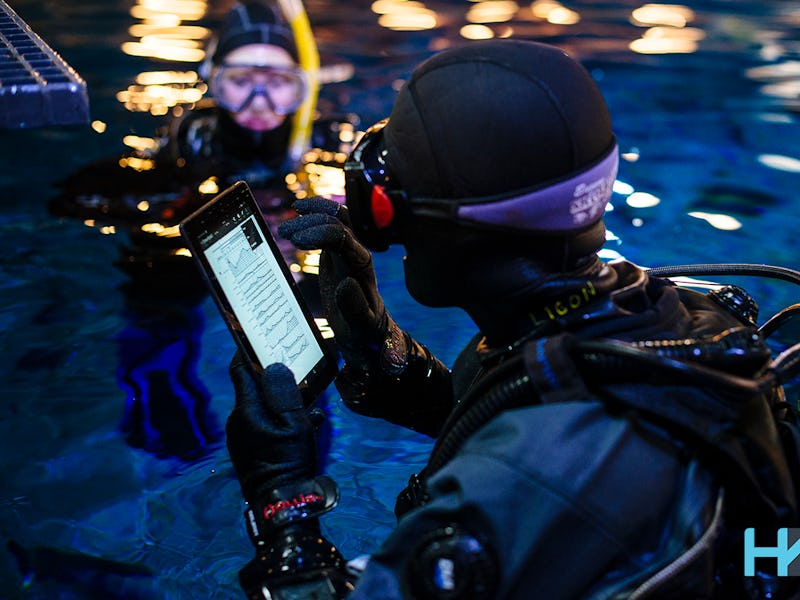2016 Is the Year Waterproof Gadgets, iPhones Will Sink Into the Mainstream
Just listen to the people at the company leading the amphibious charge:“As Apple goes, so goes the market.”

Waterproof electronics have been a retail mainstay since shower radios hit the market in the early 1980s. For now, waterproofing isn’t a technological norm. Anyone looking to bring their music in the pool or their tablet on a raft would be well advised to buy a waterproof case. But the waterproof case market may be about to go under. Sony and Samsung have already manufactured H2O resistant smartphones, and Apple — if patents are any indication — is hot on their flippers. It won’t be long before waterproof is the norm and phones dropped in toilets will be resurrected, phoenix-like.
The Ingress Protection rating is an attempt to quantify a device’s ability to resist dust and water damage. The current maximum IP rating is IP69. The first digit in the code corresponds to the device’s dust resistance; the second digit, most relevant in this article, corresponds to water resistance. A rating of IP68 entails that the device is protected from “total dust ingress” and “long term immersion [in water] up to a specified pressure.”
There is always a catch. But there doesn’t have to be.
Eight is not enough for HZO, a waterproofing company at the forefront of the waterproofing trend. Devices protected with its technology can continue to function underwater for days.
HZO has already teamed up with Motorola, Dell, and Deutsche Telekom — meaning they’ve successfully waterproofed bluetooth earbuds, tablets, and eReaders. HZO’s Communications Manager Jared Matkin says these partnerships “underscore HZO’s ability to make this technology more accessible for brands and manufacturers.” These companies have “taken a chance, seen the value, and decided to invest.”
Some of those investments — notably, Motorola’s wireless underwater headphones — are already paying off.
HZO’s somewhat self-serving market research indicates that now, consumers most want three things in their gadgets: longer battery life, better screen durability, and water resistance. The market seems to bear this insight out. Major companies are responding to precisely those demands. Still, Matkin is quick to note that the difficulty of integrating new processes into existing manufacturing chains is slowing big tech’s roll. Waterproofing, he says, remains in an “exploratory phase for these blue-chip companies.”
That ends soon — and for a simple reason. As Matkin succinctly puts it: “As Apple goes, so goes the market.”
Fig. 1 from Apple's waterproofing patent
The techniques for waterproofing have come a long way. Mechanical seals and gaskets were an early and mostly ineffective method for keeping water out. Such seals can easily wear out or unexpectedly dislodge, rendering the protection they offer nonexistent. Big companies are moving away from that technology and toward full integration. The whole point of HZO’s coating is that it negates the need for cases or additional parts. It covers the ports without covering the ports by making the devices’ internal components themselves hydrophobic.
HZO Material Application Process
If the iPhone 7 rumors turn out to be true, Matkin says, “2016 will be a revealing year on the waterproof technology front.” And if Apple joins the fray, we can expect that waterproof devices will soon become the new normal.